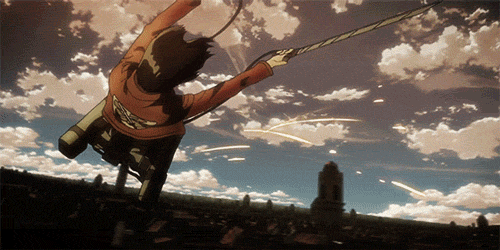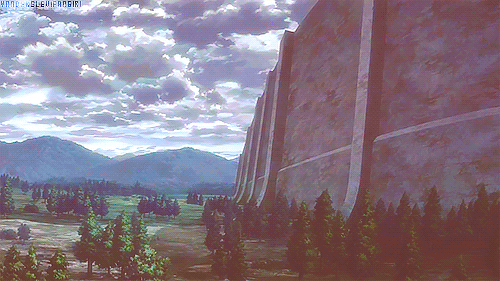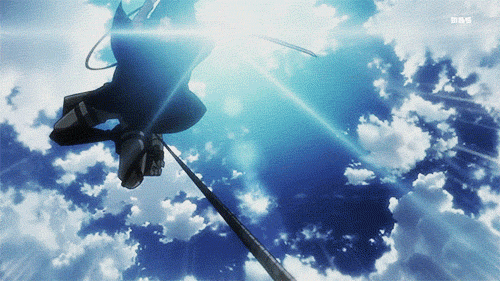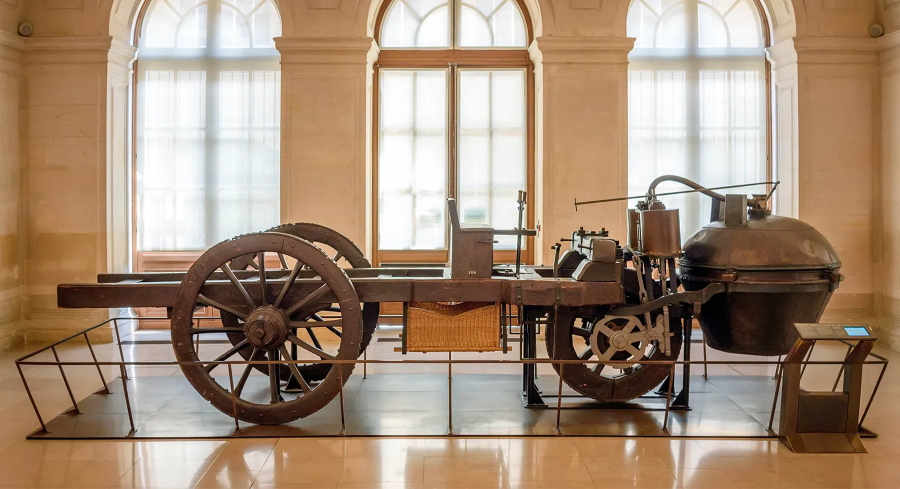Attack on Titan (also known as Shingeki no Kyojin) is a dark and intense anime and manga series created by Isayama Hajime. The story follows humanity’s fight for survival against giant human-like creatures called Titans. While the series focuses on the emotional and psychological struggles of its characters, it also shows interesting uses of physics in the design of buildings, weapons, and other structures. This article looks at Attack on Titan from a physics point of view and suggests ways the cities and humanity could be better protected.
Mass and Acceleration
The Titans’ enormous size and weight are key to their destructive power. A large mass means a large force is needed—or produced—when they move. The series often shows how a Titan’s heavy body slows down its movements and limits its agility, yet also increases the damage it can cause to buildings and people. This highlights the important link between mass and acceleration whenever Titans move or attack.
Gravity and Free Fall

Titans, being enormous creatures, experience strong gravitational forces. Gravity and free fall are clearly seen when they move, jump, or fall from great heights. Because of their massive weight, Titans usually move slowly and would need extremely strong muscles to move faster. Similarly, the characters in the series must also consider the effects of gravity when using their vertical maneuvering gear during aerial battles or when escaping danger.
In battles between the Survey Corps and the Titans, soldiers use a special grappling and flying device called the Vertical Maneuvering Equipment (or 3D Maneuver Gear) to move quickly and attack. The device is worn around the waist because that is the human body’s center of gravity, located about 60–70% above the feet. This position allows the gear to support the entire body effectively. However, it also turns the waist into a pivot point during swinging, which is why the characters need rigorous training to control their movements safely and precisely.
Projectile Motion and Trajectory

In many encounters, characters use artillery and other long-range weapons to attack Titans from afar. The path of these projectiles follows the laws of projectile motion. Factors such as launch angle, initial velocity, and wind resistance must be considered to hit the target accurately. A lower launch angle combined with a higher initial velocity allows a faster and longer-range attack on the Titans. Understanding and controlling these factors are crucial for success in battle.
Kinetic Energy and Momentum

By shooting out grappling hooks and using gas-powered jets from the manoeuvring gear, they gain momentum and kinetic energy to swing and fly around. With more energy gain during the swing, a larger momentum change can be expected, and a stronger force can be created for the attack. The physics of momentum, conservation of energy, and centripetal force are vital factors influencing their movements and attack.
Structural Integrity and Pressure

The massive Walls—Maria, Rose, and Sina—that protect humanity from the Titans play a crucial role in the series. These Walls are extremely tall and thick, designed to withstand the tremendous pressure caused by Titan attacks. With proper engineering calculations, the base of the wall can be built thicker, forming an inner L-shape that provides extra support and stability. This wider foundation helps the Wall bear its own weight and resist external forces more effectively. The way these enormous structures maintain their strength and balance reflects real-world principles of engineering and physics.
Material Physics

For weapon design, ultra-hard steel is used instead of stainless steel to make the blades. This is because steel is a tougher material that can better withstand strong impacts during combat. The use of ultra-hard steel also helps the blades stay sharp for longer periods in battle. Similarly, the materials used to build the Walls must be strong and durable enough to resist damage and withstand seasonal changes in the story’s world.
Although Attack on Titan mainly focuses on its gripping story, emotional depth, and character growth, it also weaves in real elements of physics to make the world more believable. Concepts such as structural integrity, motion, gravity, and the forces of combat all help create a more realistic and immersive experience for viewers. By blending physics with storytelling, the series not only enhances its sense of realism but also deepens the audience’s emotional connection to the story.
Note: Dr Tan Kwee Yong is an experienced lecturer at AUSMAT, Sunway College, KL. He is also a material scientist, registered graduate technologist and a member of technical committee for a US-based certification company. With an interest in advancing science policy and education, he is also involved in several NGOs and reviews different academic courses.



